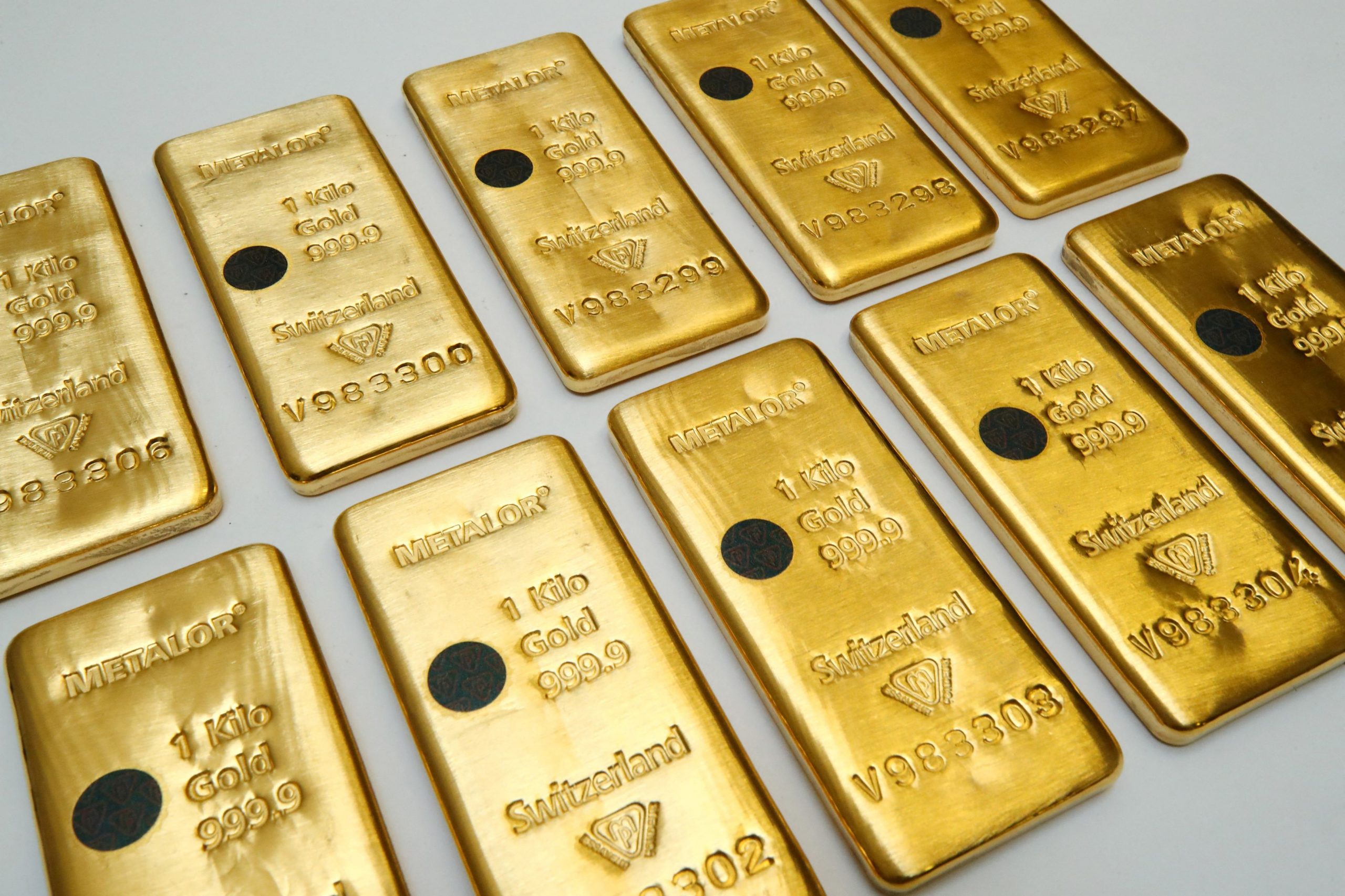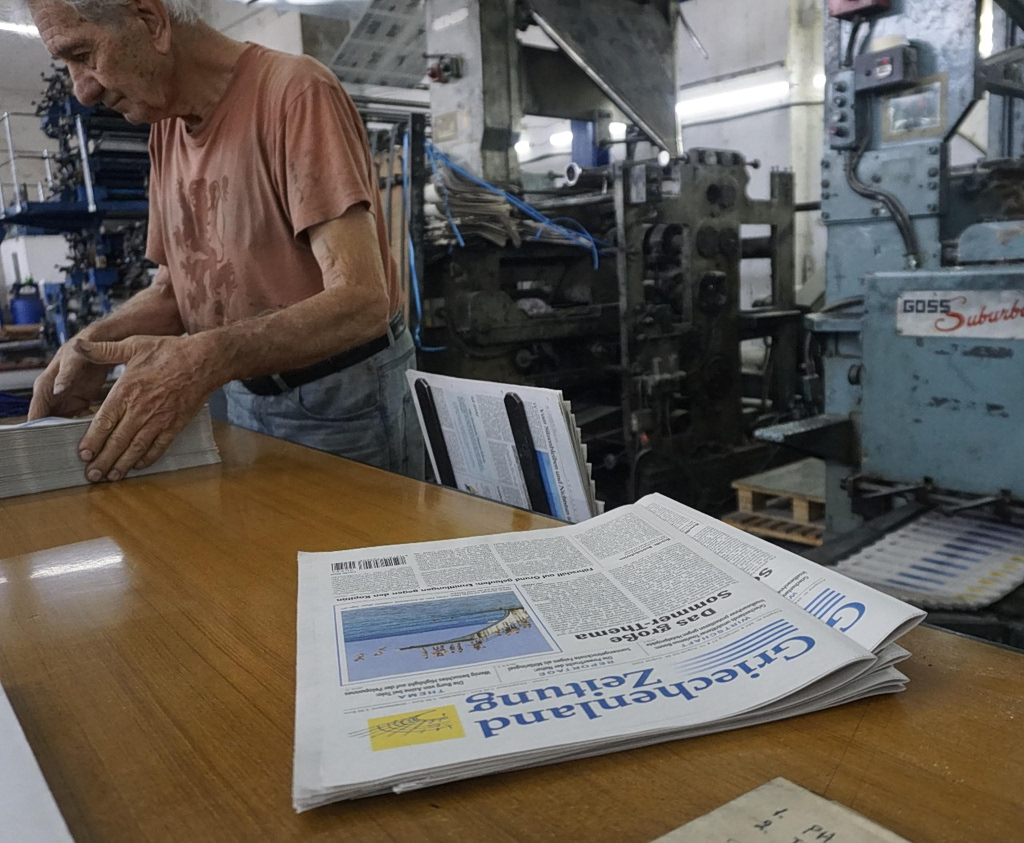Major central banks worldwide continued to build their gold reserves through the end of 2024, a trend expected to persist into 2025, as they search for stable and secure assets amid growing global economic uncertainties, says OT.gr.
According to the latest data, which includes November, central banks collectively bought 53 tons of gold, with Poland’s National Bank being the largest buyer at 21 tons.
Gold Purchases by Countries
Poland was the largest buyer of gold in the third quarter of 2024 with 42 tons of gold. Hungary was the second-largest buyer over the same period with 15.5 tons, followed by India with nearly 13 tons, Turkey with 10.5 tons, and Uzbekistan with 8.7 tons.
On the selling side during the same period, Kazakhstan led with 12.8 tons, followed by the Philippines with 4.5 tons, Mongolia with 2.1 tons, Jordan with 1.3 tons, and Singapore with 1.25 tons.
Greece’s Position in the Global Rankings
According to the World Gold Council’s ranking of countries and institutions with the largest official gold reserves worldwide, the top positions are currently held by:
- The United States with 8,133 tons
- Germany with 3,351 tons
- The International Monetary Fund (IMF) with 2,814 tons
- Italy with 2,451 tons
- France with 2,436 tons
At the end of 2023, Greece ranked 33rd with official reserves of 114.4 tons of gold. Turkey, in comparison, had reserves of 540.19 tons.
According to more recent data, countries within the Eurozone, including the European Central Bank (506 tons), collectively hold 10,770 tons of gold.
Central Banks Seek Opportunities & Stability
With gold prices near record highs, central banks are looking for opportunities to buy gold during price corrections as part of their strategies, a trend observed in many countries.
At the end of 2024, the World Gold Council noted that central banks worldwide continued to play a leading role in gold demand. The key driver? The need for stable and secure assets amid global economic uncertainties.
Price Corrections and U.S. Elections
The drop in gold prices in November, following the U.S. elections, may have encouraged some central banks to accumulate more of the precious metal.
Poland’s National Bank (NBP) was once again a significant buyer, with gold now representing almost 18% of its total reserves, nearing its stated goal of 20%. These purchases secured the NBP’s position as the largest annual buyer of gold in 2024 (90 tons).
In Uzbekistan, gold reserves increased by 9 tons in November, marking the first monthly addition since July. This brings the country’s net gold purchases for the year to 11 tons.
India’s Reserve Bank continued its streak of purchases in 2024, adding 8 more tons of gold in November. This brought its total purchases for the year to 73 tons, with overall gold reserves reaching 876 tons, making it the second-largest buyer in 2024 after Poland.
One notable development in November was the announcement by the People’s Bank of China (PBOC) that it had resumed gold purchases after a six-month hiatus. The PBOC added 5 tons of gold to its reserves, bringing its net purchases for the year to 34 tons and its total reported reserves to 2,264 tons (5% of its total reserves).
Turkey’s Central Bank increased its gold reserves by 3 tons in November. The bank also entered into reverse swap agreements (gold for lira) with domestic commercial banks to manage liquidity.
The Czech National Bank’s gold reserves rose by nearly 2 tons in November, marking the 21st consecutive month of purchases. Net acquisitions since the beginning of 2024 now stand at almost 20 tons, bringing total gold reserves to just over 50 tons.




